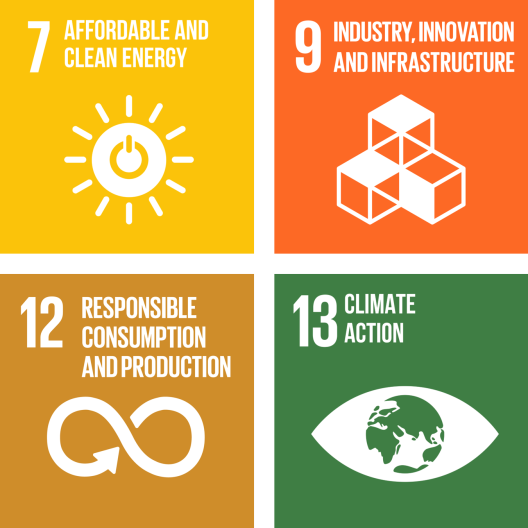Research Impact
We are focused on maximising the impact of our research to the benefit of the economy and society. This is in line with our aim to encourage and support interdisciplinary collaboration (across the Department of Chemistry and Pharmacy, across the University of Münster, and with other research organisations and industry partners), to enable our research to have meaningful impact.
Our research supports and advances the UN‘s Sustainable Development Goals (SDGs), in particular SDG 7 (Affordable and Clean Energy), SDG 9 (Industry, Innovation and Infrastructure), SDG 12 (Responsible Consumption and Production) and SDG 13 (Climate Action).

Here are examples for our research that explores issues relating to these SDGs:

